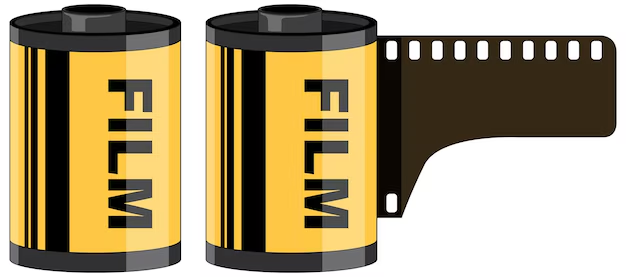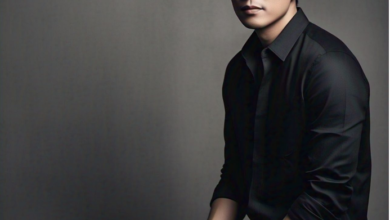Can you load 120mm film in a 220mm back insert

Photography with film cameras offers a unique charm that many modern digital systems can’t replicate. However, working with film formats such as 120mm and 220mm can sometimes get tricky, especially if you’re trying to figure out whether they’re interchangeable. A common question among photographers is: Can you load 120mm film into a 220mm back insert? Let’s explore the differences, challenges, and potential solutions when working with these formats.
Understanding 120mm vs. 220mm Film
Both 120mm and 220mm are medium-format films, but they serve slightly different purposes. Here are the key distinctions:
120mm Film
- Length: Around 30 inches (75 cm)
- Frames: 12 (6×6), 10 (6×7), or 16 (6×4.5), depending on the camera format
- Backing: Has a protective paper backing throughout the entire roll
220mm Film
- Length: About 60 inches (150 cm), twice as long as 120mm
- Frames: Offers double the exposures compared to 120mm (24 for 6×6, 20 for 6×7, etc.)
- Backing: Only has paper leader and trailer, with no continuous paper backing between the film layers
Can You Load 120mm Film in a 220mm Back Insert?
The Quick Answer: Yes, But…
You can physically load 120mm film into a 220mm film back, but it comes with some limitations and challenges. Here’s what you need to know before attempting it:
Challenges of Using 120mm Film in a 220mm Insert
-
Frame Counter Issues
- 220mm film backs assume the film is twice as long and lacks a continuous backing.
- The frame counter will not align properly since the mechanics are set for 220mm’s longer length. This may result in misaligned exposures or overlapping frames if the camera does not account for the shorter 120mm film length.
-
Advance Mechanism Mismatch
- Many 220mm film backs advance the film slightly differently to account for the absence of the paper backing. With 120mm film, the thicker backing paper might interfere with how the film advances, possibly creating slack or tension problems.
-
Exposure Count Limitations
- A 220mm back is built to take more exposures, but with a 120mm roll, you’ll only get half the usual frame count. This can cause confusion if the camera expects more exposures and doesn’t stop after you reach the end of the roll.
-
Potential Light Leaks
- 220mm film backs are designed for thinner film without constant backing. Using 120mm film can result in minor fit issues, possibly leading to light leaks if the film isn’t tightly wound.
How to Use 120mm Film in a 220mm Insert Successfully
If you still want to give it a try, here are some tips to make the process smoother:
- Advance Manually:
- Some medium-format cameras allow you to manually control the film advance. After each shot, advance the film a bit further than usual to prevent overlapping frames.
- Use a Test Roll First:
- Run a test roll of 120mm film to see how your camera’s frame counter responds. This will give you a better idea of how far to advance the film between shots.
- Cover Frame Counter Window:
- If your 220mm back has a frame counter window, it may not read 120mm film correctly. Cover it with tape to avoid potential light leaks.
- Keep Track of Frames Manually:
- Since the counter might not align, note down each shot manually to avoid over- or underexposing the roll.
- Tension the Roll Properly:
- Ensure that the film is tightly wound when loading to reduce the chances of light leaks or film slack during shooting.
Alternative Solutions: Modifying or Using a 120mm Back
If the challenges seem too daunting, consider these alternatives:
- Modify the 220mm back: Some photographers have had success using spacers or adapters to load 120mm film more securely into a 220mm back.
- Use a dedicated 120mm back: If your camera offers interchangeable backs, it might be easier to get a 120mm-specific insert.
Conclusion: Is It Worth It?
While it is technically possible to load 120mm film into a 220mm back, it requires careful handling and has potential drawbacks, such as frame misalignment and light leaks. If you’re comfortable with some trial and error, it can be an interesting way to experiment with your medium-format setup. However, for the smoothest shooting experience, using the appropriate 120mm film back is always the safer bet.




